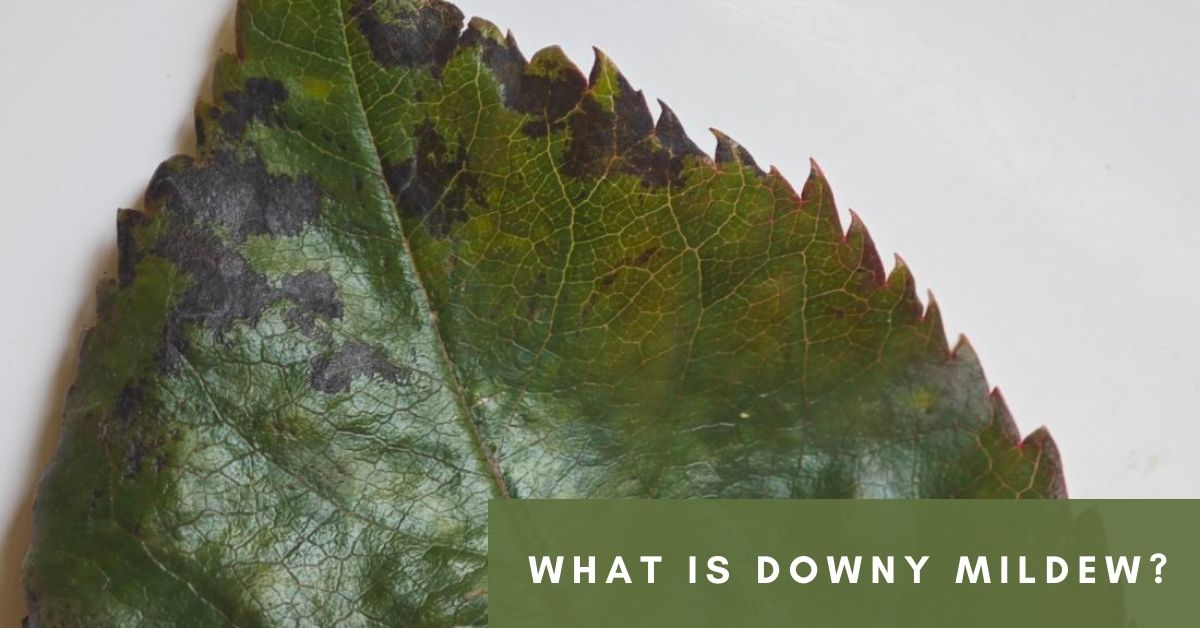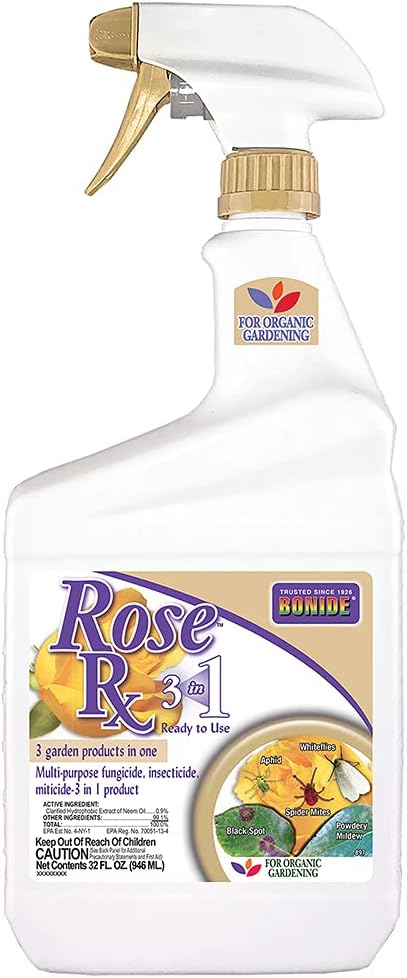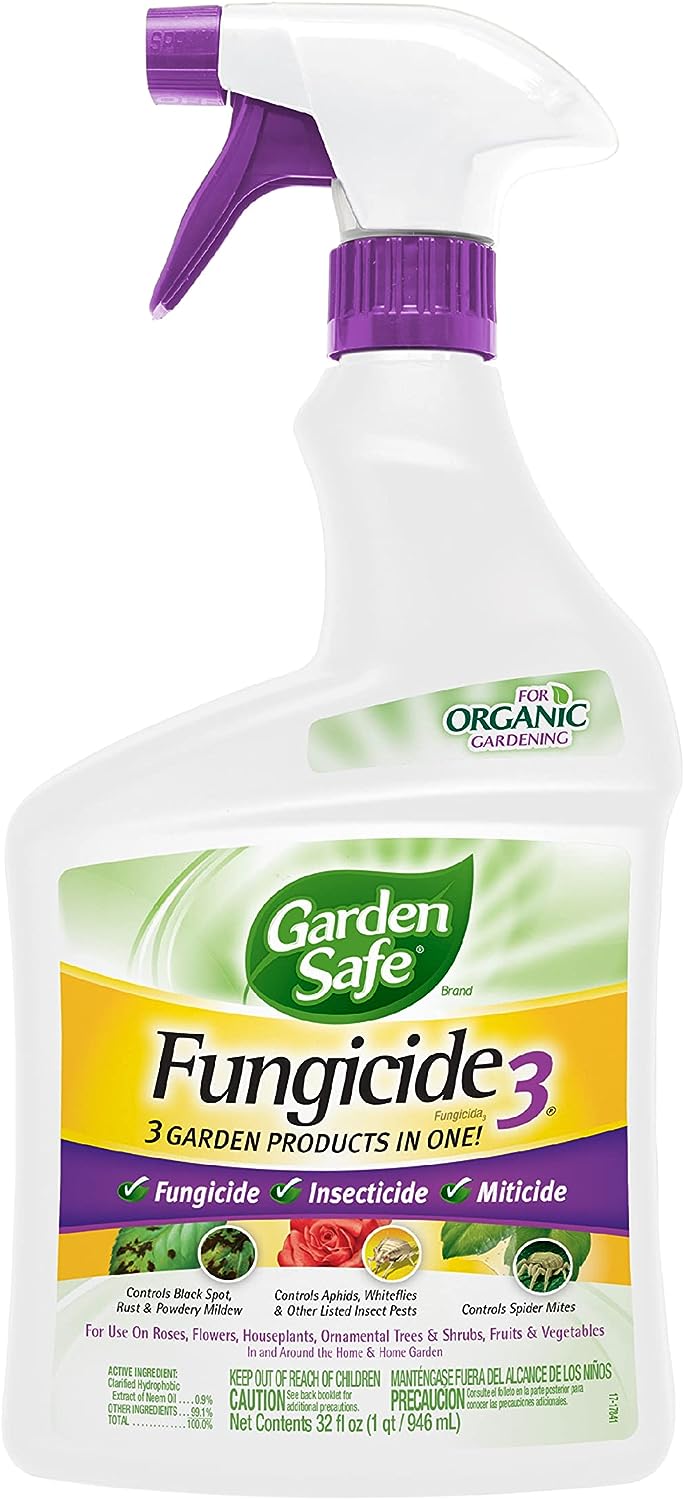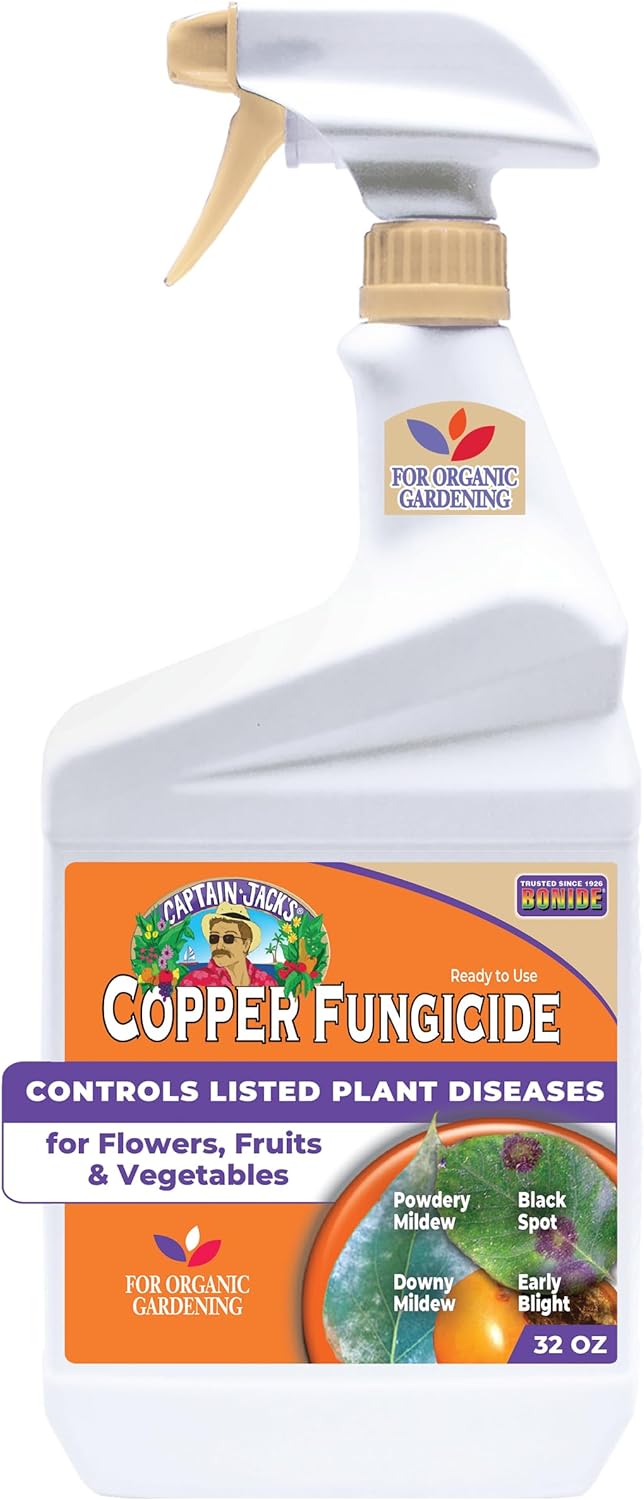Downy mildew is a severe concern for rose gardeners, often leading to significant plant damage if not promptly addressed. This article explores the symptoms, causes, and practical strategies to manage downy mildew on roses, ensuring your garden remains vibrant and healthy.
What is Downy Mildew?
This is a fungal disease caused by Peronospora sparsa. This pathogen thrives in relaxed, moist environments, particularly during spring and fall. The disease can devastate rose bushes if not correctly managed, often being mistaken for other issues such as chemical burns or black spots.
Downy mildew can easily be mistaken for a black spot. The critical difference is that with downy mildew, the plant typically loses its leaves from the top down, whereas with black spot, the leaf loss starts from the bottom up. Additionally, the leaf drop caused by downy mildew happens quickly, often within just a few days.
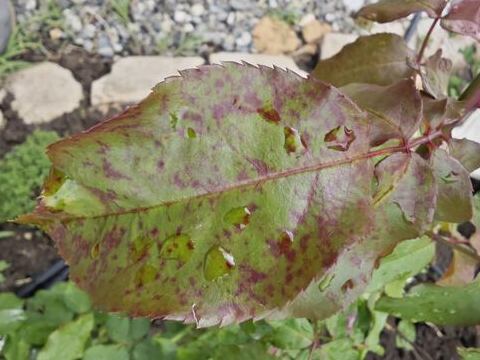
Symptoms of Downy Mildew
Early Signs
Early symptoms of downy mildew usually appear in spring, especially during high humidity and cool temperatures. Look for the following signs:
- Red-Brown Spots: Small, irregularly shaped red-brown spots on leaves and stems.
- Discolored Leaves: Leaves may turn creamy-white, leading to poor development and eventual deformation.
- Leaf Drop: Affected leaves may fall prematurely, often leading gardeners to notice the disease at this stage.
Advanced Symptoms
As the disease progresses, more severe symptoms can manifest:
- Stem Cracking: Stems may develop cracks, further weakening the plant.
- Bud Damage: Flower buds may lose color, stop developing, and eventually drop.
- Young Shoots: Young shoots and buds in the initial stages of growth are particularly susceptible.

Causes and Risk Factors
The main factors that facilitate the spread of downy mildew include:
- Cool, Wet Weather: Downy mildew thrives in temperatures and high-humid environments.
- Overhead Watering: Water splashing on leaves can spread spores and increase the risk of infection.
- Poor Air Circulation: Dense foliage and close plant spacing reduce air circulation, promoting fungal growth.


Prevention and Treatment Strategies
Preventive Measures
Effective prevention is critical to managing downy mildew on roses:
- Enhance Air Circulation: Prune rose bushes regularly to enhance airflow around the plants.
- Maintain Proper Spacing: Ensure sufficient space between plants to avoid overcrowding.
- Water Appropriately: Water the plants at their base to reduce moisture on the leaves and prevent overhead watering.
Soil and Nutrient Management
- Well-Drained Soil: Ensure soil drains well to prevent waterlogging.
- Balanced Fertilization: Use phosphorus and potassium-rich fertilizers to strengthen plant resilience.
Treatment Methods
Once downy mildew is detected, swift action is essential:
Fungicidal Sprays
- Use Fungicides: Apply fungicides that are specifically effective against downy mildew. Common fungicides include those used to treat late blight.
- Regular Applications: Follow a consistent spray schedule, particularly during wet seasons.
Physical Removal
- Remove Infected Parts: Prune and destroy infected leaves, stems, and buds to prevent further spread.
- Sanitize Tools: Disinfect pruning tools after use to avoid cross-contamination.
Proven effective remedies
Home Remedies for Downy Mildew
Milk Spray
Method: Mix milk and water in a 1:9 ratio and spray the mixture onto leaves daily.
Effectiveness: While lactic acid bacteria in milk are known to combat powdery mildew, their efficacy against downy mildew is still under study.
Baking Powder Solution
Method: Create a 0.5% solution by mixing 5 grams of baking powder in 1 liter of water.
Effectiveness: This alkaline solution has been effective in several trials for treating powdery and downy mildew.
Chamomile Tea
Method: Spray chamomile tea onto leaves as a preventive measure.
Effectiveness: The essential oils in chamomile may inhibit the initial development of mildew fungi, preventing infestation.
Fennel and Horsetail Sprays
Method: Use sprays made from fennel and common horsetail.
Effectiveness: Scientific studies suggest these sprays can be effective, mainly if the mildew infestation is not too severe.

Get Your Free Lunar Gardener's Calendar 2025!
Join the Lunar Gardening Revolution! Subscribe now to receive our exclusive Free Lunar Gardener’s Calendar for 2025. Harness the power of the moon to optimize your planting, nurturing, and harvesting.
Monitoring and Maintenance
Continuous monitoring and maintenance are crucial for long-term management:
- Regular Inspections: Frequently inspect rose bushes for early signs of downy mildew.
- Seasonal Treatments: Implement preventive treatments during susceptible periods, such as spring and fall.

Managing downy mildew on roses requires vigilant monitoring, environmental controls, and appropriate treatments. By recognizing the symptoms and applying preventive strategies, gardeners can safeguard their roses from this harmful disease, ensuring a thriving and attractive garden.

